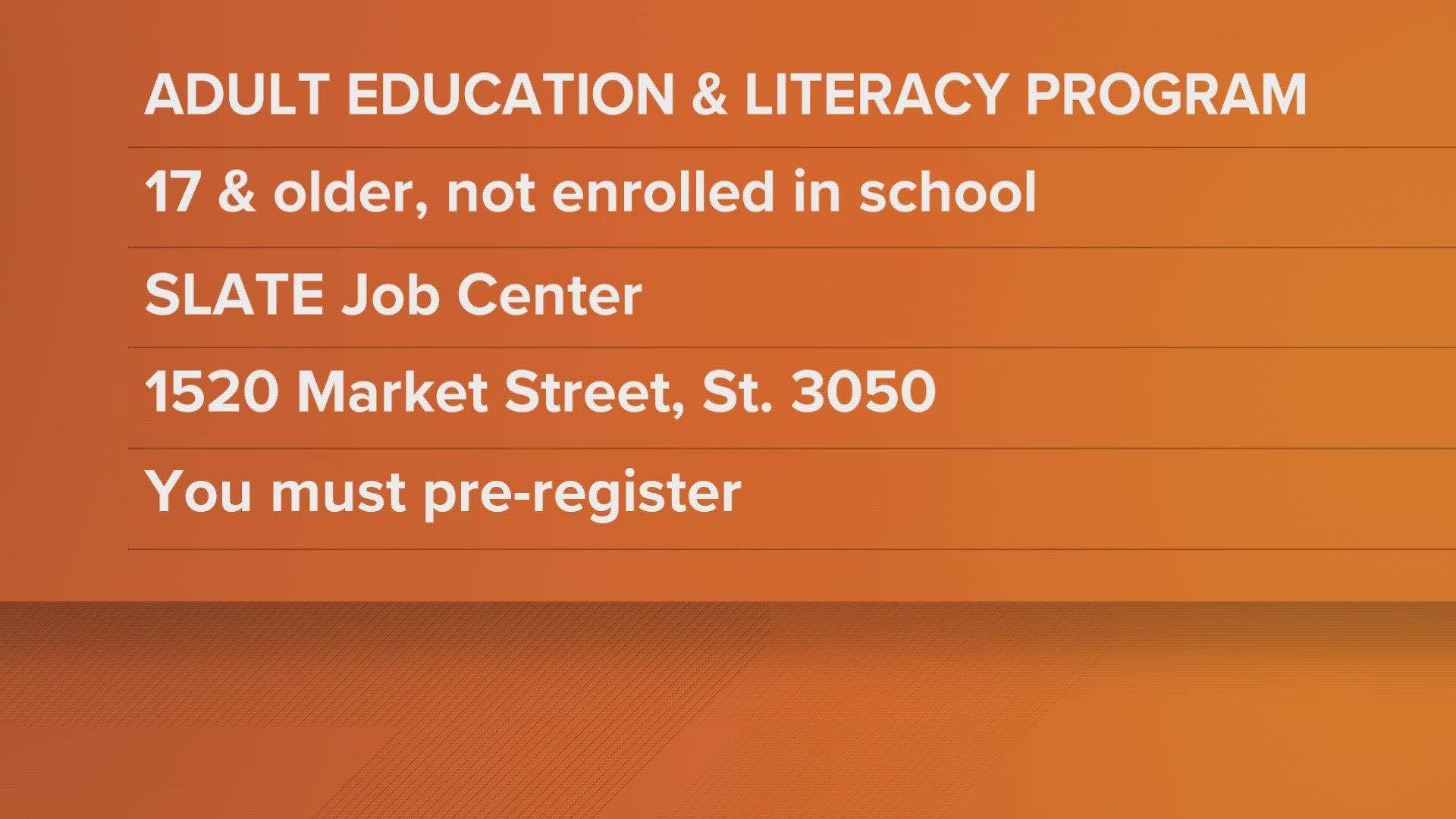With all the security breaches in the news, you've decided to protect your credit by placing a fraud alert on your account with the major credit reporting agencies (Experian, Equifax, and TransUnion). Now you can rest easy, right? Guess again.
A fraud alert notifies businesses that you have reason to believe identity thieves may open fraudulent accounts in your name. Businesses are expected to verify your identity and get your consent before approving credit requests in your name, using whatever contact method you specify (typically by phone).
However, while a fraud alert notifies businesses of the fraud prevention steps to take, there's no legal obligation for businesses to follow through. If potential creditors are not paying attention or cutting corners, they could potentially issue credit in your name to others. In addition, creditors aren't obligated to tell you that someone tried to establish credit in your name.
If that's the case, what good is a fraud alert?
Most businesses and services that extend credit are likely to properly follow through on a credit request – it's not in their best interests to allow fraudulent charges that are disputed at best and never paid at worst.
Fraud alerts are relatively effective, but they aren't foolproof since they put primary fraud prevention responsibility in the hands of the creditor. If you're not comfortable giving businesses the decision-making power, try a credit freeze.
A credit freeze denies creditors access to your credit profile. Business that can't assess the risk of giving credit to you will deny any request – even if you're the one asking for it. You must "thaw" your credit account to open a new account and "re-freeze" it again to restore the protection after your request is granted.
As of September 21, the Economic Growth, Regulatory Relief, and Consumer Protection Act has made changes to both fraud alerts and credit freezes.
Fraud alert periods have been changed from ninety days to one year, and consumers may renew the fraud alerts each year – allowing for constant protection if you remember to renew. While fraud alerts have always been free, the new law mandates that credit freezes and thaws must also be free. Prior to the new law, each freeze and thaw transaction could carry a small fee that varied by state.
Per the new law, all three credit reporting agencies have set up a webpage for requesting a fraud alert or a credit freeze. Which should you use?
A credit freeze provides greater protection, but at the cost of greater inconvenience in freezing and thawing your account each time you need credit. You must also notify each of the three agencies separately to establish a freeze, while a fraud alert with any one reporting agency is automatically forwarded to the other two.
Don't like either option? You have more choices.
Each of the three major reporting agencies offer credit lock services that are similar to freezes, with nearly instantaneous locking and unlocking of your credit account (credit freezes may take several business days to process). However, locks don't carry the same legal protection as freezes and they may come with fees or obligations to accept advertising/marketing offers.
Fraud alerts are just one of the ways to deter thieves from fraudulent use of your identity. A different method may be better for you. Assess the risk and possible damage to your credit profile, balance those against the convenience and any associated costs of fraud protection methods and make the best choice for your situation.
This article was provided by our partners at moneytips.com.
To Read More From MoneyTips:
Photo ©iStockphoto.com/koo_mikko



